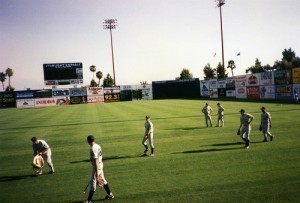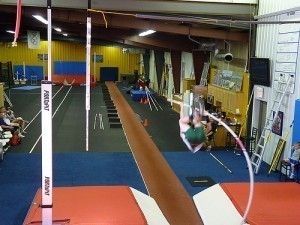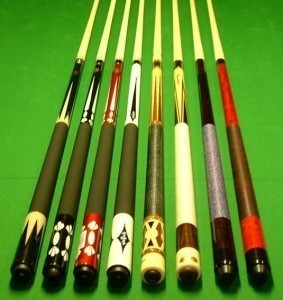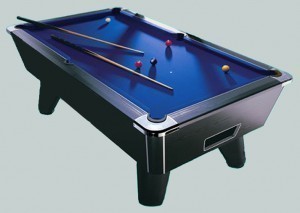Home Plate Dimensions
Baseball is one of the top sports in the world today, which is basically played on a baseball field. 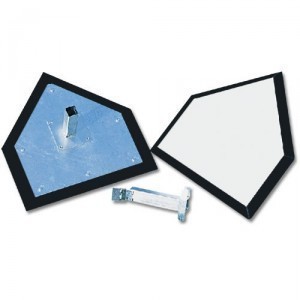 Thanks to the popularity of Major League Baseball, the game has gained international recognition as an international league comprised of the world’s greatest baseball players. One of the important elements of its playing court is the home plate, which is the final base that players need to touch before they can score points. In order to have a better understanding of the game, it is also good to know the different home plate dimensions.
Thanks to the popularity of Major League Baseball, the game has gained international recognition as an international league comprised of the world’s greatest baseball players. One of the important elements of its playing court is the home plate, which is the final base that players need to touch before they can score points. In order to have a better understanding of the game, it is also good to know the different home plate dimensions.
The Dimensions of a Home Plate
The final base is shaped like an irregular pentagon. The front part of the plate has a width of 17 inches. It is facing the pitcher of the defensive team. This important baseball field fixture defines the strike zone’s width. Each of the parallel sides has a length of 8.5 inches. Next to the sides are lines that run down and meet at the end. Each of them measures 12-inches long.
Additional Facts and Other Interesting Details
Compared to the other three bases, the home plate is made up of whitened rubber with five sides. Just like the others, it is also placed at ground level. Professional baseball pitcher Robert Keating of the 1887 Baltimore Orioles designed and developed the use of rubber for the home plate. Before that, the materials used to create the plate were highly dangerous such as wood, iron or stone.
The backstop is positioned right at the back part, the distance of which is about 15 to 30 meters or 50 to 100 feet away from the home plate. The main purpose of this is to stop foul balls, passed balls as well as wild pitches. In order to protect the spectators who are seated behind, upper netting is usually installed as part of the backstop. Most of the time, recreational baseball fields are equipped with chain-link fence.
In order to stop the attempts of runners to score, the home plate is covered by the catcher. Before the runner can touch the plate, the catcher must successfully touch him with the ball. In case of a full base situation, the catcher can simply touch the plate right before the runner can reach that particular point of the field. It is advantageous for baseball teams to use wide-bodied catchers so that they can easily obstruct the access of the runners to score points. For the purpose of recording defensive plays, the catcher is usually appointed with the number 2 in the numbering system.
